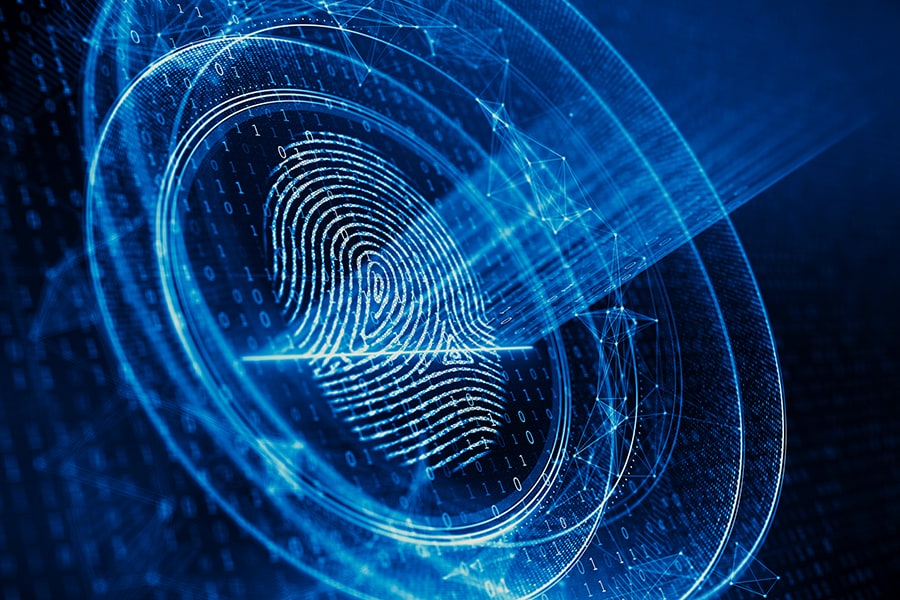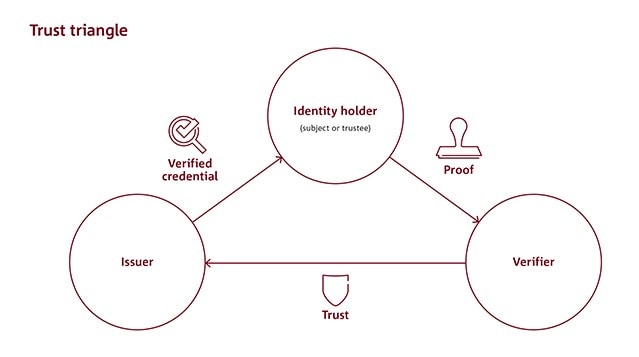
Identifying the potential in digital identity
Instead of logging into multiple websites and interface with different apps, the user would enjoy a seamless customer experience, user could use a single mobile app to pull data from multiple providers
 The eID space in India and abroad is abuzz with activity. As our lives move online, it is a natural development that our identities are electronically transformed as well
The eID space in India and abroad is abuzz with activity. As our lives move online, it is a natural development that our identities are electronically transformed as well
Image: Shuttertock
Imagine that the new iPhone 18 is out, and you are ready to buy. You bring out your old phone and tap it to the POS device. It connects to your digital wallet and uses facial recognition to authenticate and process the transaction. You unbox the new phone from its upcycled, responsibly sourced seaweed packaging. With a glance to the screen, its sensors boot up, identify you, and connect you to your iCloud account. And as you are leaving the store, the 7G connection downloads your apps and configures your settings. Outside, your new phone launches your favourite car-sharing app and guides you to a nearby car, which it unlocks and starts for the ride home.
While the scenario above is aspiringly fictional, parts of it are already reality. India is on the cusp of seamless Voluntary and Integrated Customer Experience, or simply VOICE. In this digitally optimized future landscape, consumers share data with service providers voluntarily in return for data integration. That is, the user could use a single mobile app to pull data from multiple providers, such as banks, airlines, hotels, ISPs, and telecommunication operators. Instead of logging into multiple websites and interface with different apps, the user would enjoy a seamless customer experience.
The realization of VOICE requires a thriving digital/electronic identity (eID) ecosystem that includes identity providers, identification service providers, technology infrastructure solutions, and entrepreneurial businesses with innovative applications for enhanced customer experiences.
Building trust in eID
To appreciate the potential of how eID can improve customer experiences, you must first understand the building blocks of digital identity.[This article has been reproduced with permission from ESMT. Views expressed are personal.]








